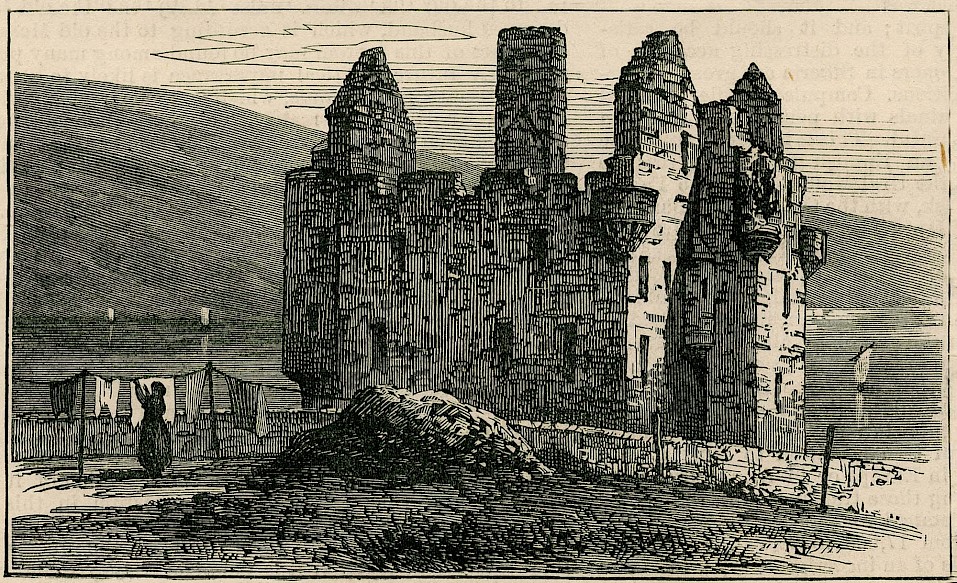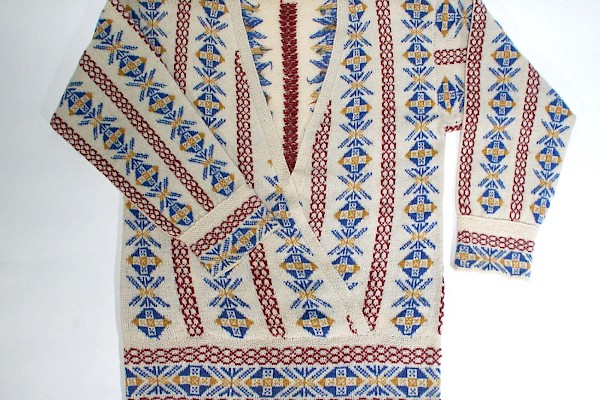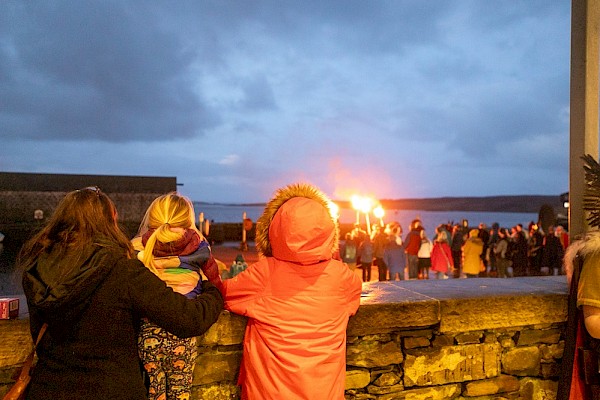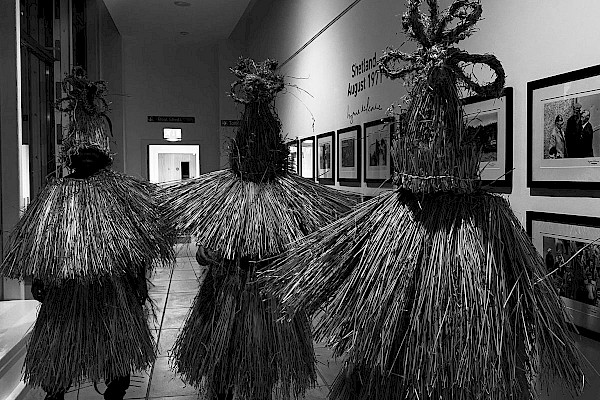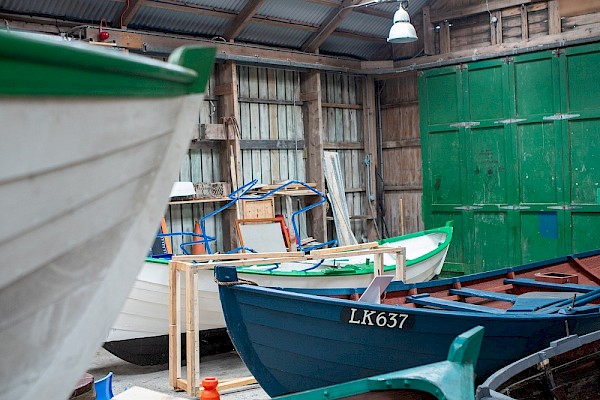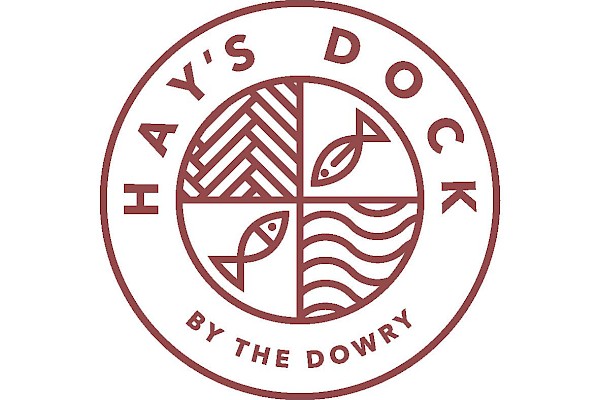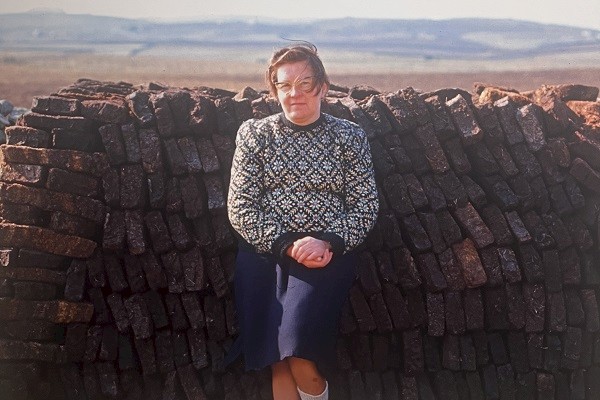The Maiden
Hallowe’en at the end of October is traditionally a part of the year when macabre things are thought of and expressed. Perhaps a time to think of some things that took place in Shetland...
Judicial execution operated for a while in Shetland. There are even places that have “gallow” in their names. A number of court books from the Shetland of the late 1500s/early 1600s are held in the National Archives of Scotland. They have been painstakingly transcribed, and show offenders and sentences.
There were various execution methods. Witches were worriet (strangled) then their bodies burned at the stake. Women guilty of serious, but non-supernatural offences were drowned. Serious male offenders were mostly hanged, but there were also a few beheadings. Beheading conjures up the image of a burly executioner, masked, despatching the victim with an axe, and brutal, theatrical efficiency. It didn’t always work like that. Good executioners were difficult to get and severing a human head with one blow is more difficult than might be expected, and the beheading could get botched. In other words there were quality control problems.
Somewhere between 1602 and 1618 Shetland found a way round this. Shetland didn’t do many beheadings, but in August 1602 an Adame Sinclair of Brow was sentenced to be taken to the heiding hill of Skalloway bankis and thair his heid to be taine and strukin fra his bodie, in exempill of utheris. This was for killing, the slachter of umquhill [deceased] Mathow Sinclair of Ness.
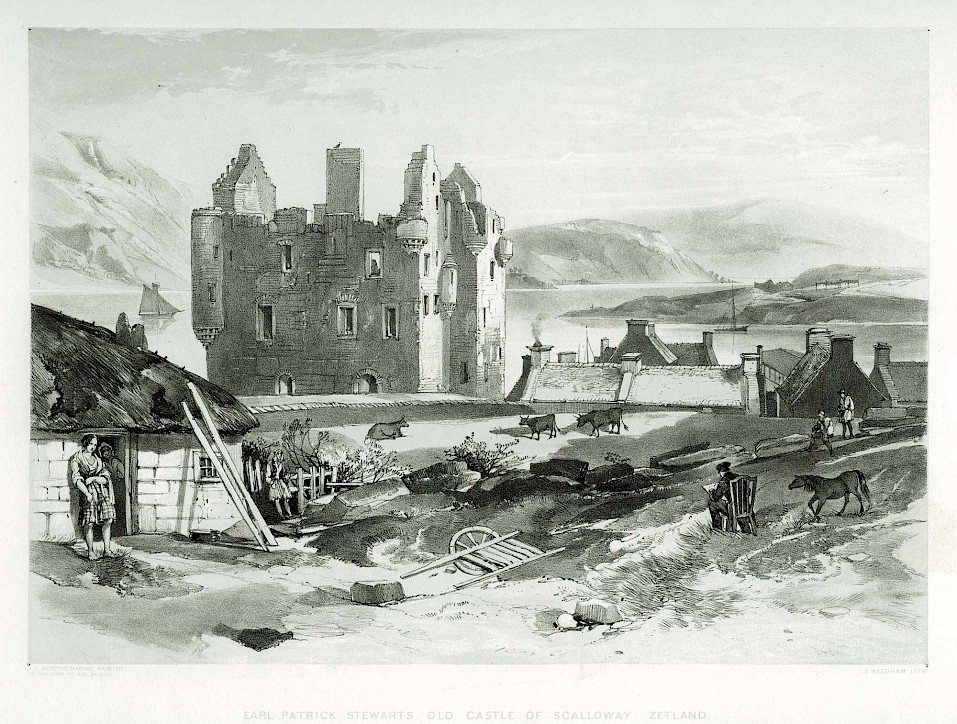
In 1618 William Sutherland, an Orcadian of questionable judgement, fishing at the Ness, did away with his companion Adam Beg. In the words of the Shetland Court Book of the time, stabbing him to the hairt with an knyf in the left pape to the death. The court ordered him to suffer the death penalty at Scalloway Castle “in the west end of the gairden and thair his head to be dung fra his shoulderis be the maiden.”

What was The Maiden? It was a guillotine, a device often thought of belonging to the French revolution. Guillotines have been around for a while however. Certainly Edinburgh had one between 1564-1710, probably modelled on one in use in Halifax. A heavy sharpened blade in a wooden frame, dropped from a height, it took uncertainty out of execution. By the standards of the time it was humane. In Scotland, it was known as The Maiden.
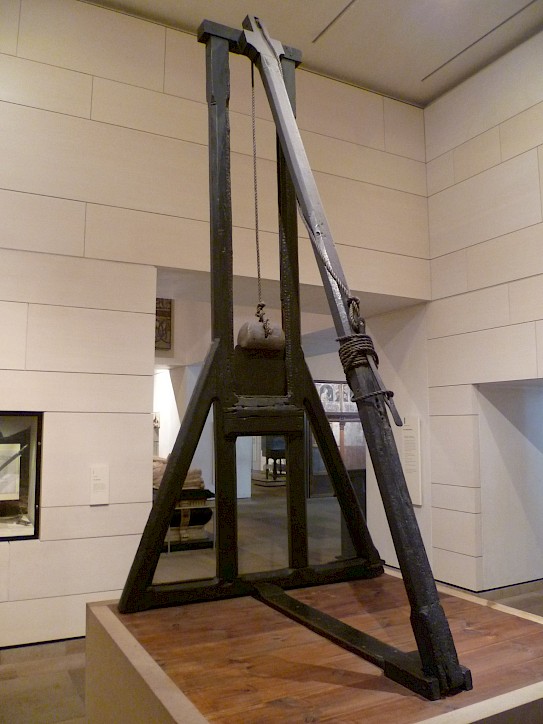
What became of the Scalloway device, or indeed, whose idea it was, isn’t clear, partly because court records for most of the 1600s don’t exist. No-one knows if it was ever used again. We do know of a record in September 1641 for mending the timber work of the maidin and making ane new ax therto at £8 2s Scots.
The Maiden used on William Sutherland no longer exists but was presumably modelled on the Edinburgh version. That one has survived and is in the National Museum of Scotland, on display if anyone cares to have a look. It has a Shetland connection. Earl Patrick, the creator of The Maiden’s venue, Scalloway Castle, and all-round Shetland bogeyman, was charged with treason, and met his end under the Edinburgh Maiden’s blade in 1615.
